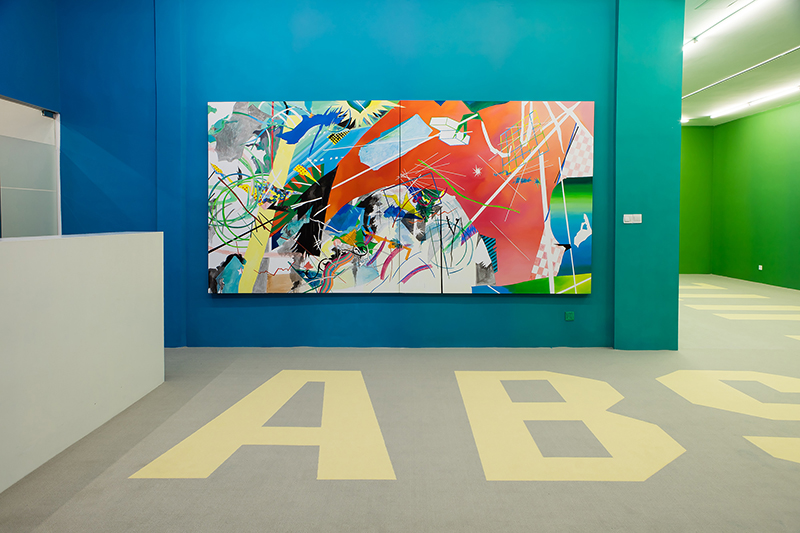
Solo Exhibition Absolute | 个展 穹顶
Solo exhibition Absolute at the Vanguard Gallery,shanghai | 个展穹顶于Vanguard画廊,上海
Photo by Guo Bo | 摄影:郭波
2016.3
Exhibition view | 展览现场
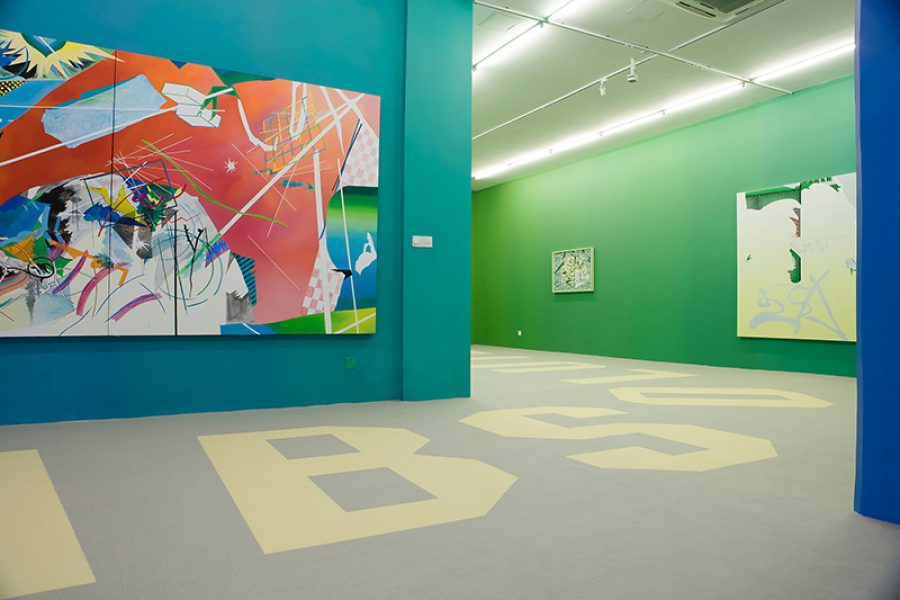
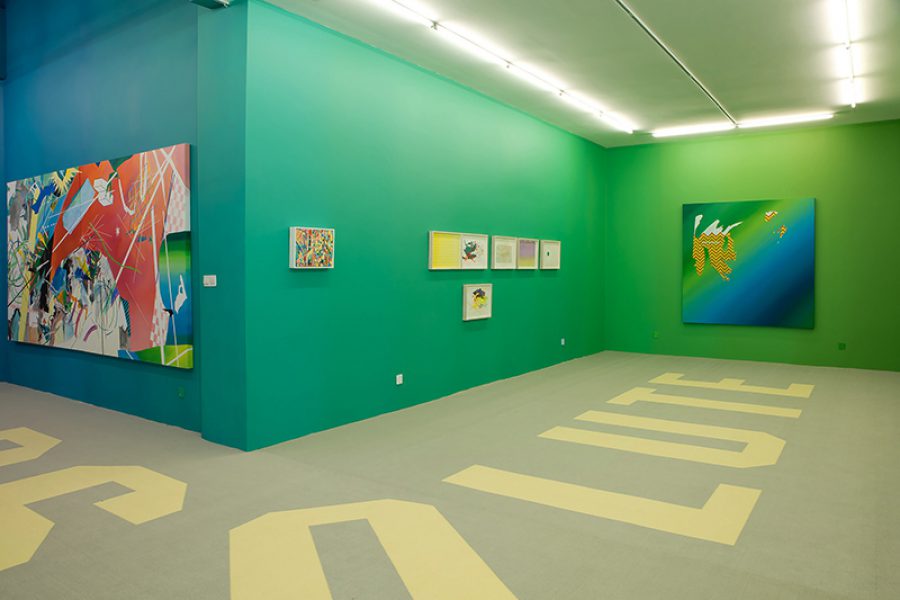
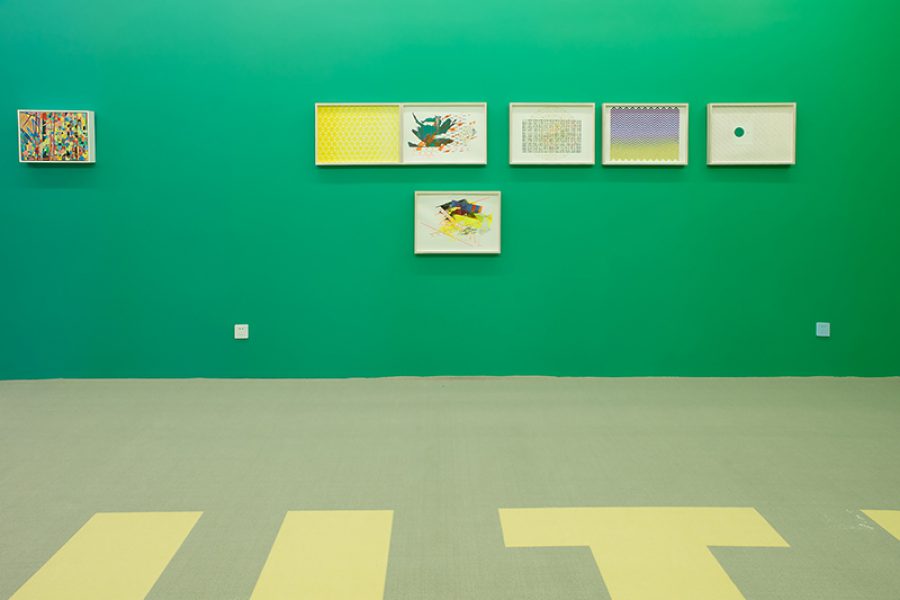
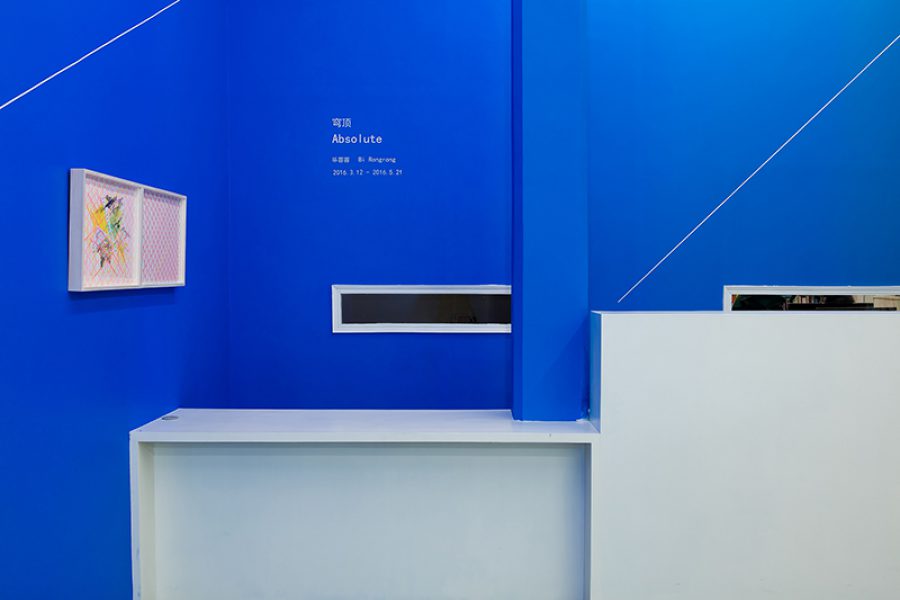
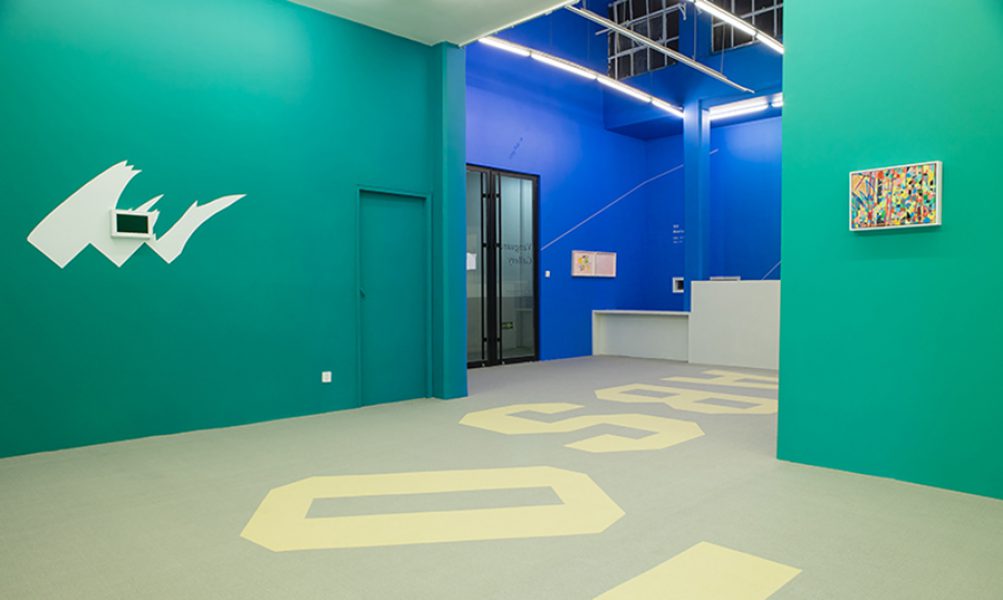
Works
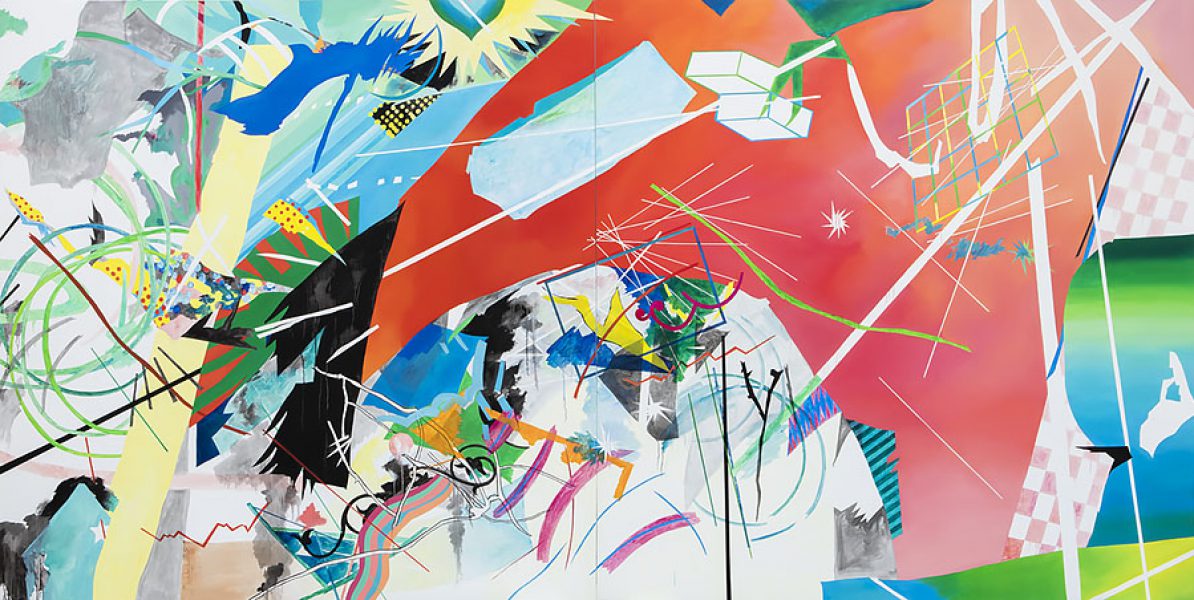


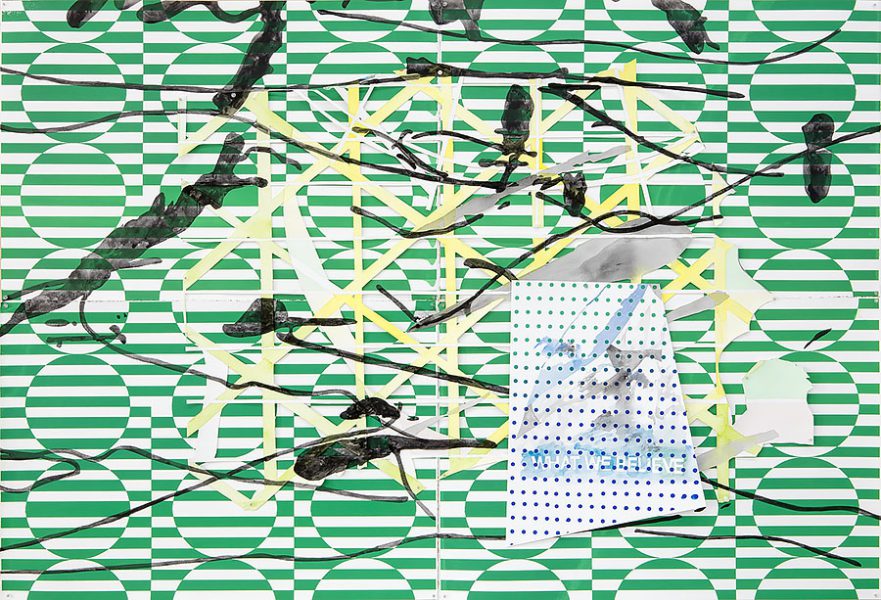


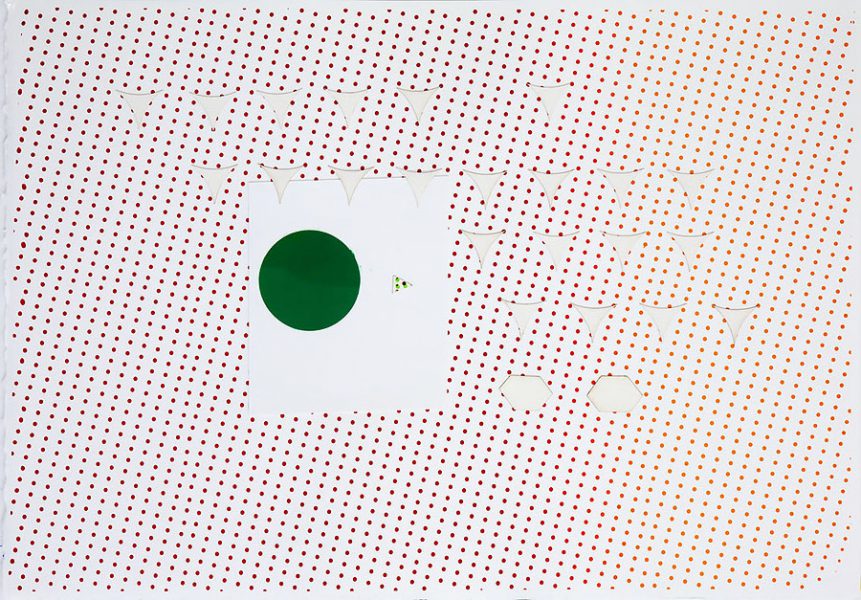
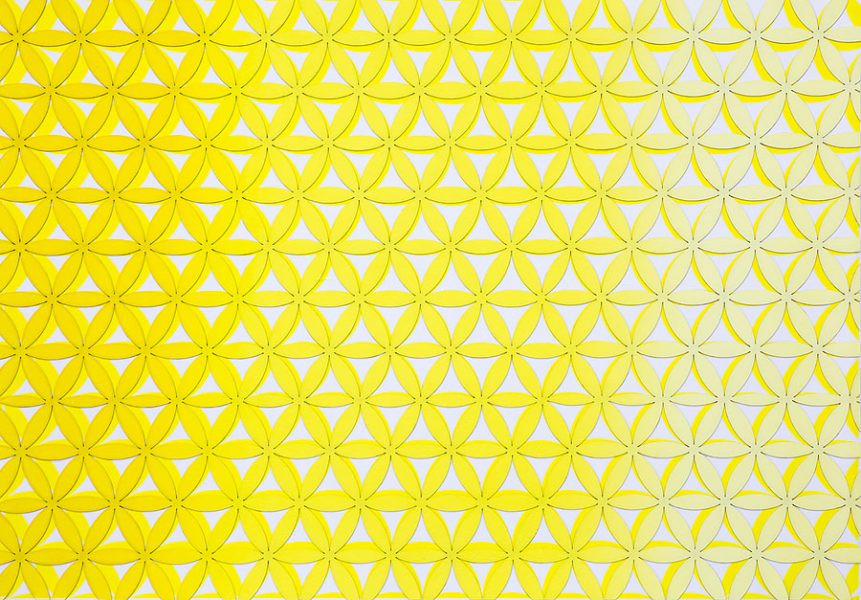
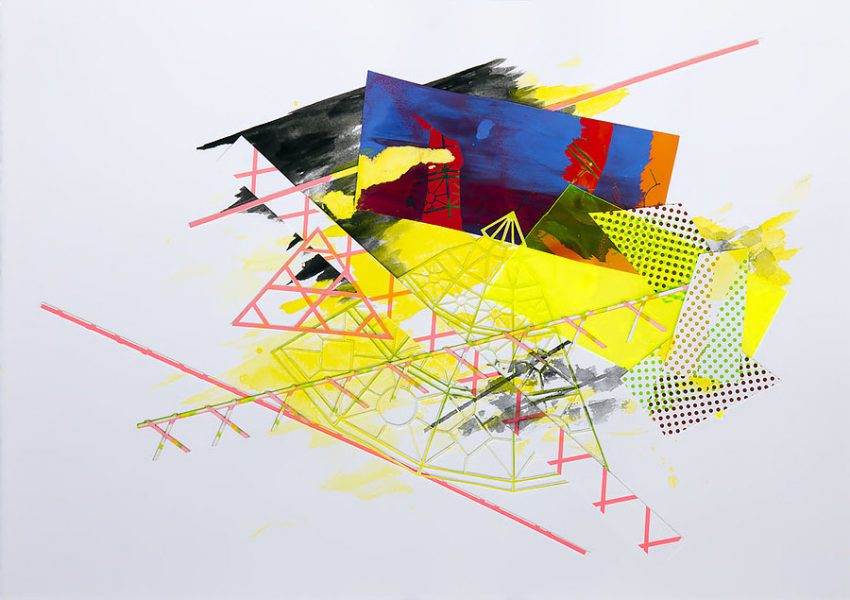
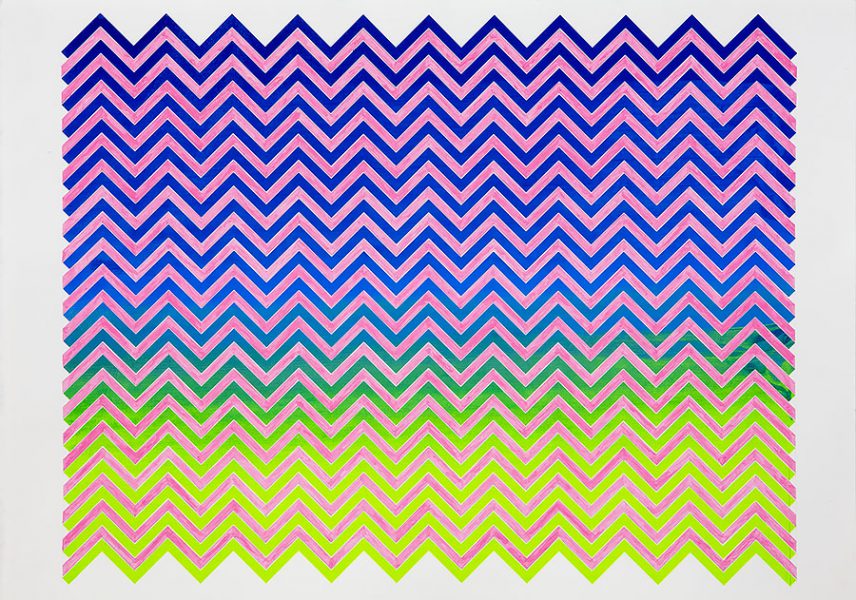
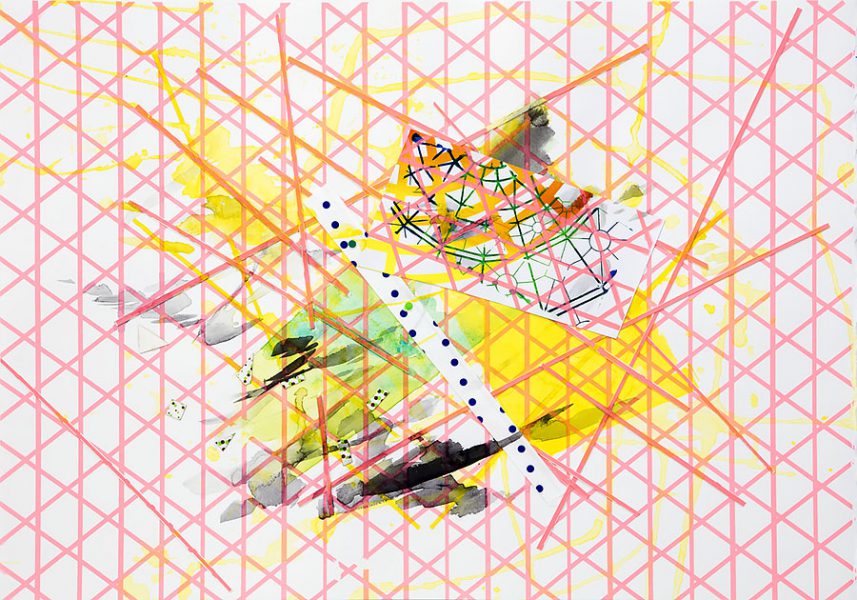
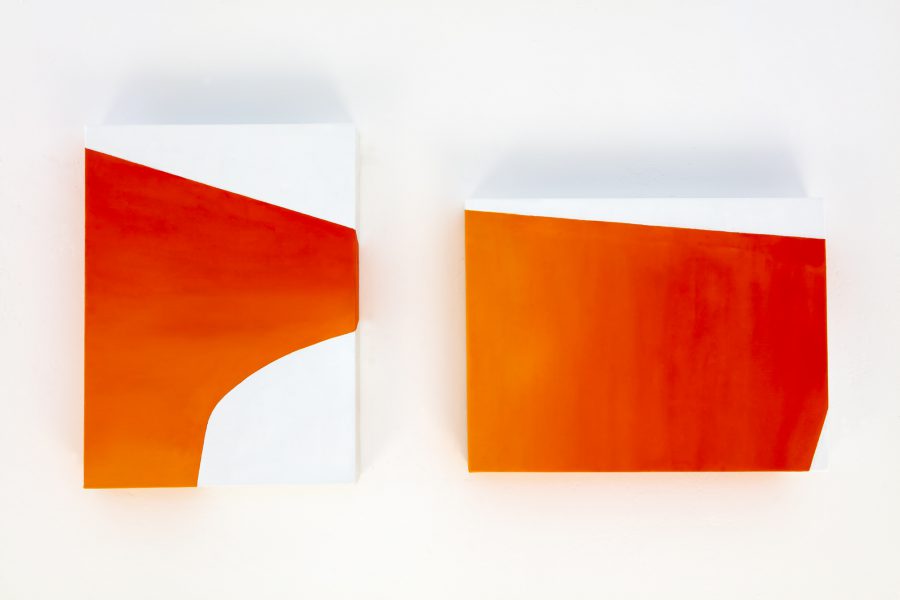
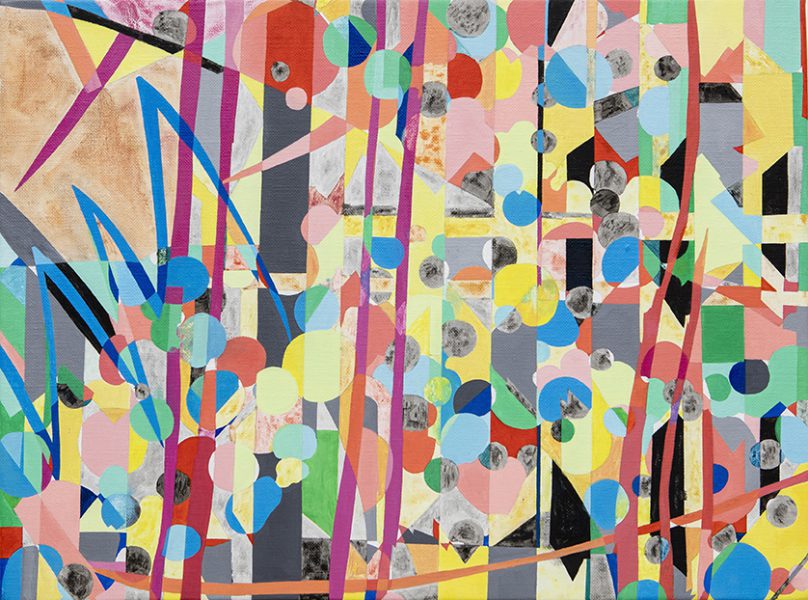
Details of video works | 视频作品细节
Absolute 15/16 | 穹顶 15/16
00′ 50″,2016
Text by Sara Yuan
We can know more than we can tell.
-Michael Polanyi
In the 1960s, Polanyi introduced personal perspective into the process of scientific knowing by posing the self-contradictory “personal knowledge” as the opposite of objective knowledge. In this exhibition, Bi Rongrong boldly uses the gallery space to create an “absolute” structure of her own personal knowledge.
Bi Rongrong’s background in Chinese landscape sketching has nurtured her keen perceptivity towards the surrounding world, such that this sensitivity has become an integral part of herself. In modern society, the city streets may be the “landscape” (shanshui) of the industrial era. Although modernization itself has long been denounced, this landscape continues to reflect the relationship of one person to another, of a person to nature, and of a person to society. As such, it is rich with an energy of communal production. Graffiti, posters, advertisements, and architectural structures and patterns have passed through the artist’s eyes and become a form of power. This power drives her to take up brushes and, as if unconscious, record its “form.”
“What we believe” may be a falsity viewed with derision on the street, but Bi Rongrong has shifted it into the most formidable type of questioning. The posters left on the walls shape space and time by delineating a form, while the colored gradient background simulates the invisible energy flows that would be imperceptible outside of their two-dimensional context. Crucial as well are the experimental video works which make it possible for time to flow through the space. By playfully attempting to approach the “absolute,” they catch a glimpse of reality, only to find it is absent. Instead, the only thing that can be distinguished are tiny particles that extend out into a boundless drift. Just as we are helpless when faced with the limitless ocean of the cosmos and infinite worlds therein, we are able to grasp only the smallest piece of the world around us.
There is a tacit component to knowledge that cannot be conveyed through regulations or technologies. In the “Absolute” series, data, proportions, stories, and forms all gradually fade away as Bi Rongrong makes a direct connection with those energies. Through her artistic production, she pushes them to their limit. Rich with an unknown indeterminacy and intuition, the works exhibit the true self. As the audience members are subconsciously drawn into the work and perceive the artist’s self, they also create their own personal knowledge. A dialogue is possible. By stripping away the frameworks of rules and languages, communication becomes an adventure of endless variability.
In truth, these gossip-like patterns, logos, details and blocks of nameless color have an implicit connection to reality. It is a reality that, although it is all around us, is in fact difficult to see and often becomes lost. Beneath Bi Rongrong’s structures, this implicit reality has become the objectivity and absolute quality of her personal knowledge. These elements become a personal, cyclical whole in her work, a tool she uses to amass energy. Standing on a plateau, she raises her gaze to the absolute. Personal emotions, experiences, and an aesthetic quest become essential components of the real world that continues to collect these transformed symbols.
文:袁璟
我们所知道的多于我们能够言说的。
We can know more than we can tell.
—-Michael Polanyi
——迈克尔·波兰尼
二十世纪六十年代,波兰尼将个人性介入科学知识,提出了矛盾自反的“个人知识”,与客观主义认识论背道而驰。在这次展览中,毕蓉蓉大胆地利用画廊空间,打造了一座属于她个人知识的“穹顶”。
山水画写生的经验,使她对周遭拥有着敏锐的感知力,这种对自然的感知力仿佛已浸入身体。现代社会中的街头景象可以说是工业化时代的“山水”,尽管现代化本身屡遭诟病,但是这样的“山水”映射的依然是自然与人、人与人以及人与社会的关系,它富含某种共力之下产生的能量。通过街头涂鸦、海报、宣传单、建筑中的结构和纹样传达到艺术家眼中,成为某种自然力一般,驱使她执起画笔,无意识般刻画下能量的“样子”。
“What we believe”在街头或许是被人唾骂千遍的谎言,在她的挪移中却成为最有力的质问;墙面残留的海报形状,以一种勾勒的形式让时间在空间中成形。渐变的背景仿佛模拟着能量流动这一不可见的过程,以二维的形式还原,给人以实感。值得一提的是,实验般的视频作品,让空间在时间中流动,它以玩乐之心试图无限接近“穹顶”,窥探真身,却发现“真身”之缺席,只有微小的粒子及其展延无垠的运动尚可辨认。这似乎向人们诉说,宇宙之浩瀚,世界之纷繁,绝无可能尽在掌握,我们的所见所知只可能是其中最微小的部分。
知识具有默会的成分,不能单靠规则或技术规条来传授。在穹顶系列作品中,数字、比例、故事、形状渐渐隐去,她直触那些能量并通过她的创作,建立了能量的“穹顶”,充满了未知的不确定性和直觉,真实的自我在此展现。观众则无意识地被容纳其中,他们在感知艺术家的自我的同时,也将创建自身的个人知识,交流在此成为可能,并因其脱离了规则和言语的框架,而仿佛成为一场冒险,变幻无穷。
事实上,这些如闲言碎语般的图案、标识、细节、不可名状的色块,其实与某种隐藏的现实相联系。这种现实就在我们身边,只是我们视而不见,任由其在时间中被遗忘。在毕蓉蓉的建构之下,这种隐性的现实显然已经转化为属于她个人知识的客观性和绝对性,这些元素则在作品中形成某种自我循环的整体,让她得以汇聚能量,站在高原之上,仰望穹顶。于是,个人的情感、经历、对美的追求转化为现实世界中的一部分,而嬗变的征兆便蕴含其中。